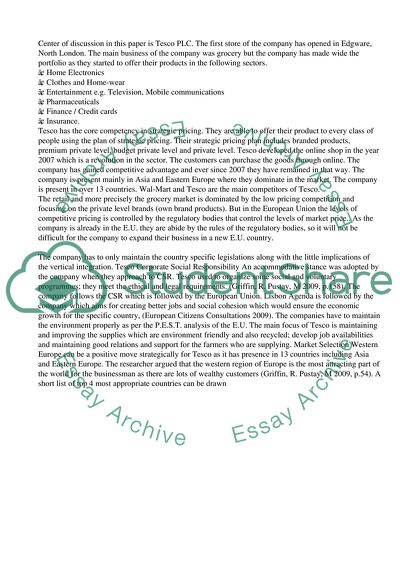Cite this document
(“Tesco PLC expansion into Germany using Foreign Market Servicing Essay”, n.d.)
Retrieved from https://studentshare.org/business/1394514-tesco-plc-expansion-into-germany-using-foreign
Retrieved from https://studentshare.org/business/1394514-tesco-plc-expansion-into-germany-using-foreign
(Tesco PLC Expansion into Germany Using Foreign Market Servicing Essay)
https://studentshare.org/business/1394514-tesco-plc-expansion-into-germany-using-foreign.
https://studentshare.org/business/1394514-tesco-plc-expansion-into-germany-using-foreign.
“Tesco PLC Expansion into Germany Using Foreign Market Servicing Essay”, n.d. https://studentshare.org/business/1394514-tesco-plc-expansion-into-germany-using-foreign.


